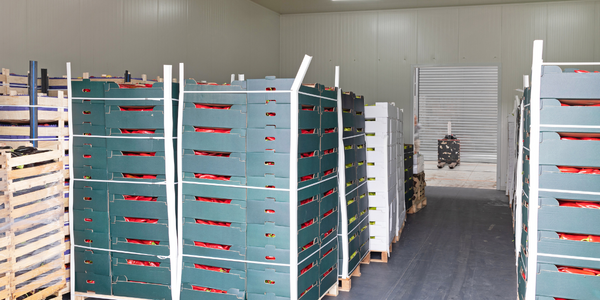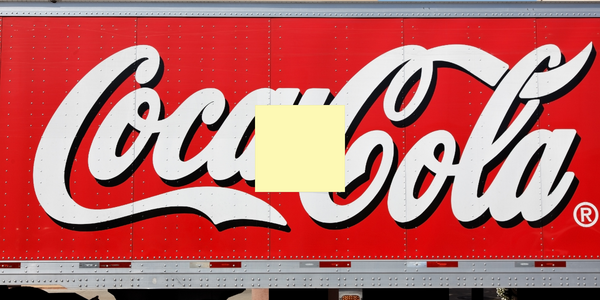公司规模
Large Corporate
地区
- Europe
国家
- United Kingdom
产品
- Domo
技术栈
- Data Analytics
实施规模
- Enterprise-wide Deployment
影响指标
- Productivity Improvements
- Brand Awareness
技术
- 分析与建模 - 实时分析
适用行业
- 食品与饮料
适用功能
- 商业运营
用例
- 实时定位系统 (RTLS)
服务
- 数据科学服务
关于客户
SABMiller 是一家总部位于伦敦的跨国酿酒和饮料公司。其品牌包括 Peroni Nastro Azzuro、Pilsner Urquell、Miller 和 Grolsch 等国际知名啤酒。按收入计算,他们是全球第二大酿酒公司,也是世界上最大的可口可乐瓶装商之一。SABMiller 的业务遍及全球 80 个国家,拥有 200 多个品牌,为啤酒的制作、供应、销售和享用等整个生态系统带来了清新、社交性和良好的经济效益。
挑战
SABMiller 是一家跨国酿酒和饮料公司,由于数据源不连贯,该公司在监控其品牌方面面临挑战。该公司在 80 个国家/地区开展业务,拥有 200 多个品牌,因此很难为所有数据资产维护一个标准化的系统。该公司希望创建一个全球标准化的系统,以便将所有数据资产插入其中。他们还希望深入挖掘数据以洞察业务。
解决方案
SABMiller 实施了数据分析平台 Domo 来应对挑战。该平台提供了运营的可视性,使他们能够以标准化的方式监控其品牌。该平台的实时可访问性意味着数据随时可用,无需运行单独的报告。Domo 还通过提供统一的测量方法使 SABMiller 能够解决组织中的问题。该系统的建立是为了确保对业务绩效和品牌绩效的明确问责制和责任制。
运营影响

Case Study missing?
Start adding your own!
Register with your work email and create a new case study profile for your business.
相关案例.

Case Study
The Kellogg Company
Kellogg keeps a close eye on its trade spend, analyzing large volumes of data and running complex simulations to predict which promotional activities will be the most effective. Kellogg needed to decrease the trade spend but its traditional relational database on premises could not keep up with the pace of demand.

Case Study
HEINEKEN Uses the Cloud to Reach 10.5 Million Consumers
For 2012 campaign, the Bond promotion, it planned to launch the campaign at the same time everywhere on the planet. That created unprecedented challenges for HEINEKEN—nowhere more so than in its technology operation. The primary digital content for the campaign was a 100-megabyte movie that had to play flawlessly for millions of viewers worldwide. After all, Bond never fails. No one was going to tolerate a technology failure that might bruise his brand.Previously, HEINEKEN had supported digital media at its outsourced datacenter. But that datacenter lacked the computing resources HEINEKEN needed, and building them—especially to support peak traffic that would total millions of simultaneous hits—would have been both time-consuming and expensive. Nor would it have provided the geographic reach that HEINEKEN needed to minimize latency worldwide.

Case Study
Energy Management System at Sugar Industry
The company wanted to use the information from the system to claim under the renewable energy certificate scheme. The benefit to the company under the renewable energy certificates is Rs 75 million a year. To enable the above, an end-to-end solution for load monitoring, consumption monitoring, online data monitoring, automatic meter data acquisition which can be exported to SAP and other applications is required.

Case Study
Coca Cola Swaziland Conco Case Study
Coco Cola Swaziland, South Africa would like to find a solution that would enable the following results: - Reduce energy consumption by 20% in one year. - Formulate a series of strategic initiatives that would enlist the commitment of corporate management and create employee awareness while helping meet departmental targets and investing in tools that assist with energy management. - Formulate a series of tactical initiatives that would optimize energy usage on the shop floor. These would include charging forklifts and running cold rooms only during off-peak periods, running the dust extractors only during working hours and basing lights and air-conditioning on someone’s presence. - Increase visibility into the factory and other processes. - Enable limited, non-intrusive control functions for certain processes.

Case Study
Temperature Monitoring for Restaurant Food Storage
When it came to implementing a solution, Mr. Nesbitt had an idea of what functionality that he wanted. Although not mandated by Health Canada, Mr. Nesbitt wanted to ensure quality control issues met the highest possible standards as part of his commitment to top-of-class food services. This wish list included an easy-to use temperature-monitoring system that could provide a visible display of the temperatures of all of his refrigerators and freezers, including historical information so that he could review the performance of his equipment. It also had to provide alert notification (but email alerts and SMS text message alerts) to alert key staff in the event that a cooling system was exceeding pre-set warning limits.

Case Study
Coca-Cola Refreshments, U.S.
Coca-Cola Refreshments owns and manages Coca-Cola branded refrigerators in retail establishments. Legacy systems were used to locate equipment information by logging onto multiple servers which took up to 8 hours to update information on 30-40 units. The company had no overall visibility into equipment status or maintenance history.







